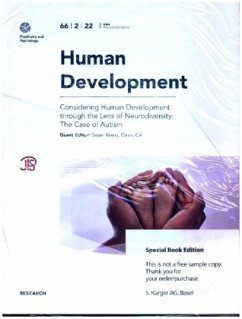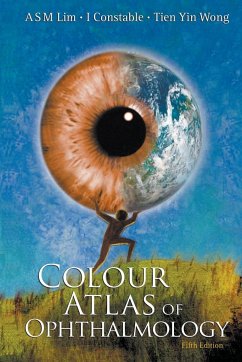Gebundenes Buch
Cancer through the Lens of Evolution and Ecology
Versandkostenfrei!
Versandfertig in 1-2 Wochen
Weitere Ausgaben:

PAYBACK Punkte
92 °P sammeln!




Cancer cells exist in an ever-changing "ecology" and are subject to evolutionary pressures just like any species in nature. The book is resource for understanding cancer as a disease of multicellularity grounded in evolutionary principles. By using this knowledge, researchers are starting to exploit these behaviors for treatment paradigms.
Jason A. Somarelli is a molecular biologist, who received his doctoral degree from Florida International University in Miami, FL and was an American Cancer Society postdoctoral fellow at Duke University. He is currently an Assistant Professor in the Department of Medicine at Duke University. Somarelli serves as the Director of Research for the Duke Cancer Institute Comparative Oncology Group and is the Director of the Duke University Marine Laboratory Scholars in Marine Medicine Program. Dr. Somarelli's research uses evolutionary and ecology paradigms to understand molecular adaptations to extreme environments. His work spans diverse topics, such as the evolutionary pressures faced by cancer cells during drug treatment and metastatic spread, the molecular adaptations of whales and other marine mammals to low oxygen conditions, and the evolution of microbes to use plastic as a nutrient source. In addition to his scholarly activities, Dr. Somarelli is passionately involved in training and education, leading multiple outreach and research training programs for high school students and undergraduates in an effort to enhance diversity in STEM careers. Norman A. Johnson is an evolutionary geneticist, who received his doctoral degree from the University of Rochester and was a postdoctoral fellow at the University of Chicago. He is now an adjunct professor in the Biology department at the University of Massachusetts at Amherst. Johnson has also taught at the University of Chicago, the University of Texas at Arlington, and Hampshire College. Most of his research has been on the genetics and evolution of why hybrids between species are often sterile or inviable. Other research interests include the evolution of sex chromosomes, the evolution of extremely large dietary niches in insects, conflict between different parts of the genome, and the interplay between the relaxation of selection and the loss of traits. Johnson's first book, Darwinian Detectives: Revealing the Natural History of Genes and Genomes (Oxford University Press, 2007), examines how biologists infer the action of natural selection and other evolutionary processes from DNA sequence information. More recently, he wrote Darwin's Reach: 21st Century Applications of Evolutionary Biology (CRC Press, 2022). This book explores how ideas and information from evolutionary are being used in diverse ways in the realms of health, food, the environment, and society at large. Dr. Johnson has been active in science communication and outreach; notably, he co-led the National Evolutionary Synthesis Center working group on communicating the relevance of human evolution.
Produktdetails
- Verlag: CRC Press
- Seitenzahl: 214
- Erscheinungstermin: 29. Mai 2024
- Englisch
- Abmessung: 260mm x 183mm x 16mm
- Gewicht: 607g
- ISBN-13: 9781032310787
- ISBN-10: 1032310782
- Artikelnr.: 70145970
Herstellerkennzeichnung
Libri GmbH
Europaallee 1
36244 Bad Hersfeld
gpsr@libri.de
Für dieses Produkt wurde noch keine Bewertung abgegeben. Wir würden uns sehr freuen, wenn du die erste Bewertung schreibst!
Eine Bewertung schreiben
Eine Bewertung schreiben
Andere Kunden interessierten sich für














